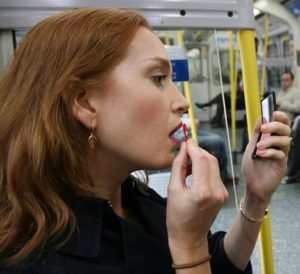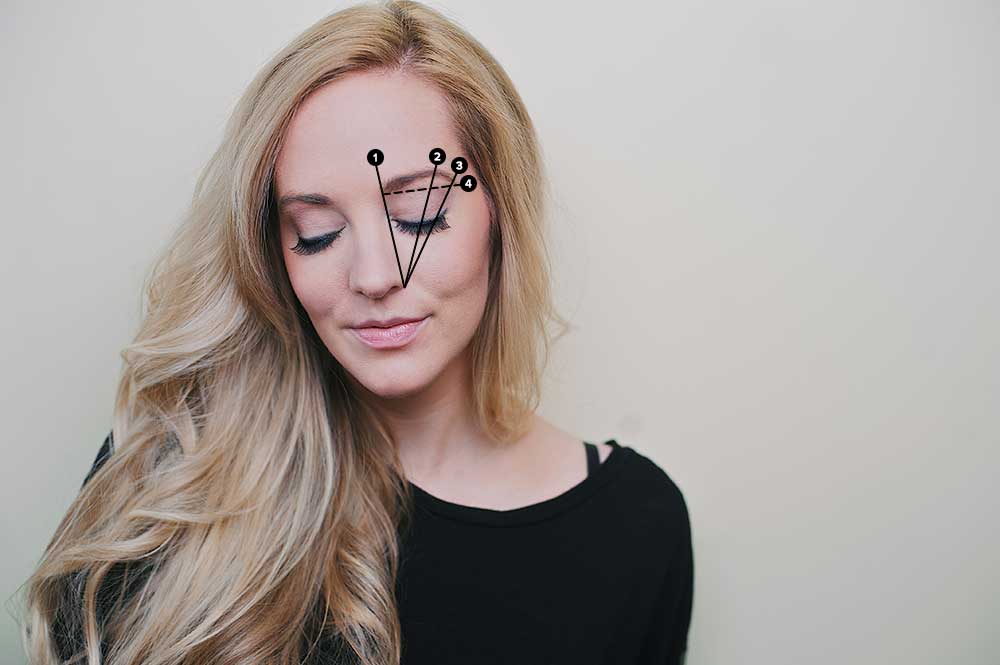
A few months ago, I became interested in “dry brushing”. Now that I’m in my 40s (*gads!*) it takes more effort to make my skin look its best. This means eating clean, drinking lots of water, NOT tanning, moisturizing regularly, etc. Dry brushing is purported to promote healthier skin by removing dead skin cells on the surface of the skin, allowing it to breathe and absorb more nutrients. It also stimulates and increases skin cell production, stimulates the lymphatic and circulatory systems, and boosts your immune system. The gentle pressure and brushing sensations are said to have a calming effect; increasing your blood flow reduces stressed areas of the body and stimulates nerve endings in your skin which in turn rejuvenates your nervous system. Last but not least, dry brushing supposedly reduces cellulite by increasing blood circulation to the skin, helping to break down and release toxins that cause cellulite in legs and hips.
This I had to try.
I went on line (amazon.com) and purchased a Yerba Prima Tampico Skin Brush. If you’re going to try dry brushing, you want a natural bristle brush or loofah. Look for bristles that are made from plant fibers. Synthetic bristles can be too harsh and cause irritation. The brush I chose has a removable handle so you can use it in the palm of your hand, or use it with the handle for harder to reach areas like your back.
So how do you do it? It’s best to dry brush when you first wake up in the morning, before you jump in the shower. Here is the recommended dry brushing process:
1. Start with your feet, moving in soft circular movements (always moving towards the heart) first on the bottom of the feet, and then on the top.
2. Work up each leg, one at a time, first the back of the leg (using the same soft circular, always towards the heart, movements) up through the buttock and then the front of the leg. Avoid any delicate skin, like the skin on the insides of the thighs.
3. After you are finished with the lower half, start at the fingertips of one arm; move up the arm (palms of hands, back of hands, forearm, bicep) and towards the heart. Repeat on other arm.
4. Move to the back working your movements towards your stomach, starting and finishing with one side of the back and then the other.
5. When you get to your stomach, start at your lower abdomen and work your way up (make sure to steer clear of delicate areas like the nipples) and end at your chest in an upward stroke.
6. Rinse off and shower as normal.
Skin brushing Tips:
1. Avoid the face! While dry brushing is excellent for exfoliating skin, this body brush will be too rough for the delicate skin on your face.
2. It’s sometimes best to dry brush in the shower (with the water off) since there may be a lot of dead skin brushed off.
How often should you dry brush? For best results dry brush at least two times a week.
I started looking into some of the grand claims of dry brushing. It DOES get rid of dead skin cells, increase circulation (as a brisk walk would) and help the lymphatic system work better, and decrease bloating (as a massage would). However, the grander claims are more suspect. Even if done religiously over time, will dry brushing reduce the appearance of cellulite? Experts like Dr. Carolyn Jacob, a dermatologist in Chicago, feel probably not. Why? Cellulite is a complex problem that involves thin skin and the kind of fibrous bands holding in women’s fat. Dry brushing “won’t change fibrous bands at all,” Dr. Jacob said — a dagger to the hearts of women with cottage-cheese thighs. Twisting the dagger, Dr. Jacob cautioned that avid dry brushers put their skin at risk for inflammation, redness and an eczema-like itchy rash.
So is dry brushing for you? As long as you don’t have any severe skin irritation (acne, rash, eczema, open sore/cut, etc.), I say yes. It is an invigorating way to start the day, and it really does make your skin feel smooth and healthy.






- Facebook
- Instagram
- Twitter
- YouTube
- Pinterest
Follow @Honeybee_Grdns